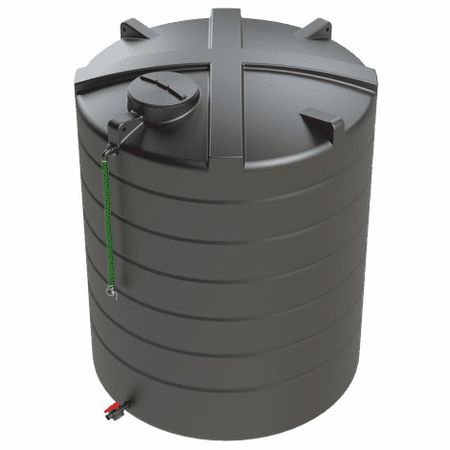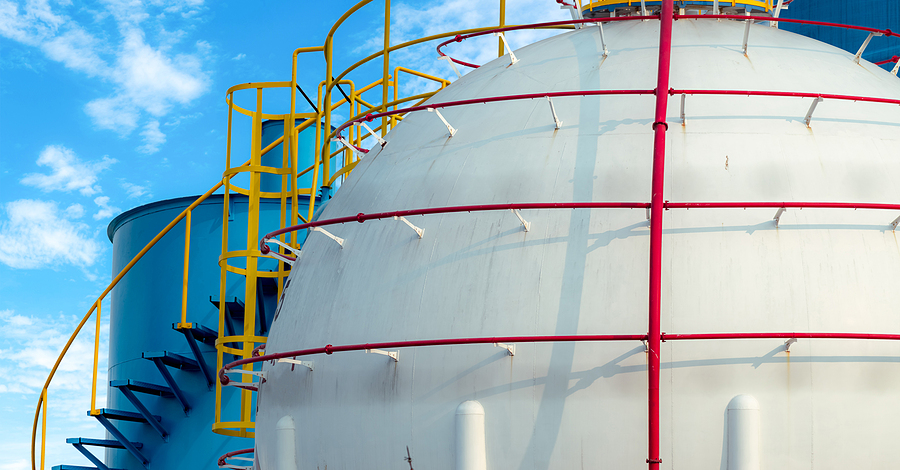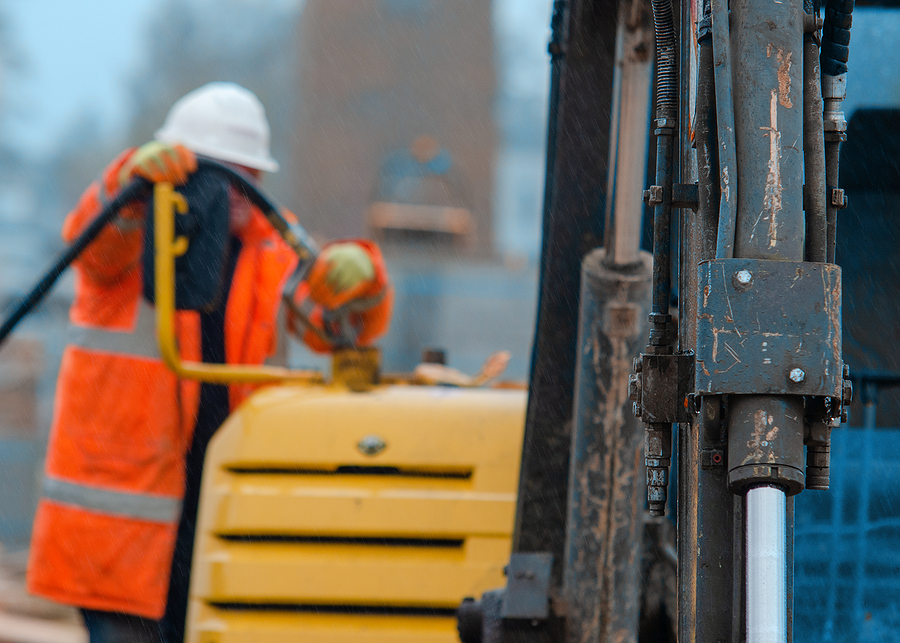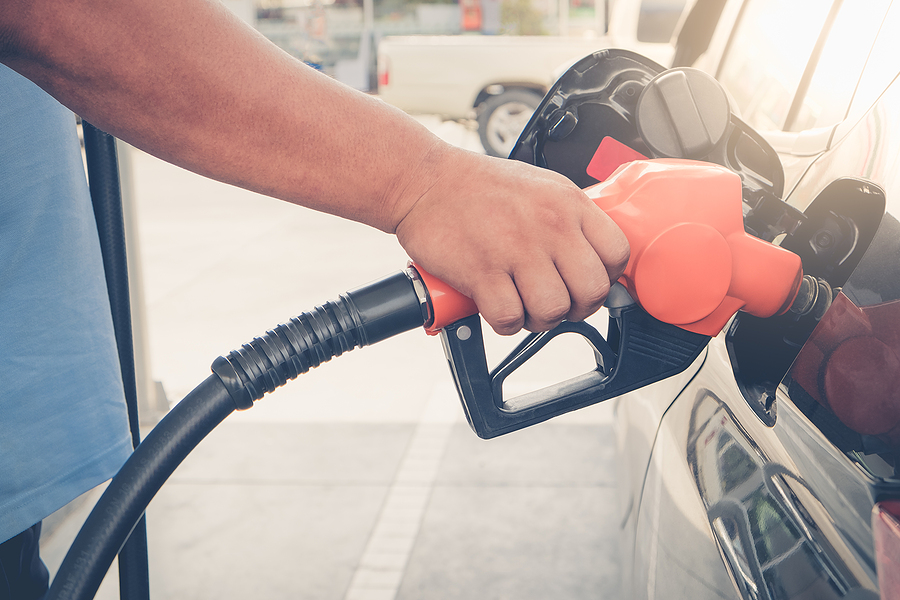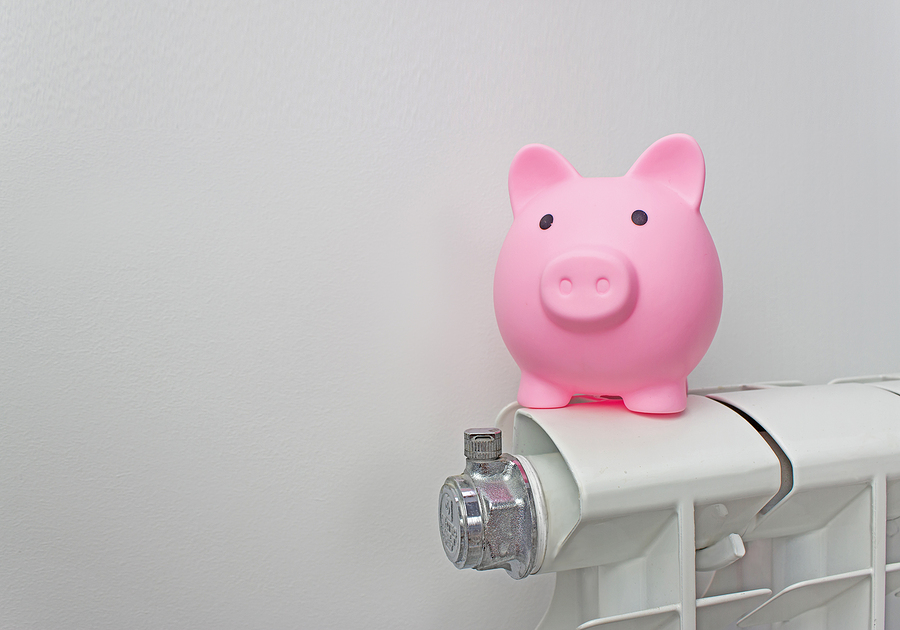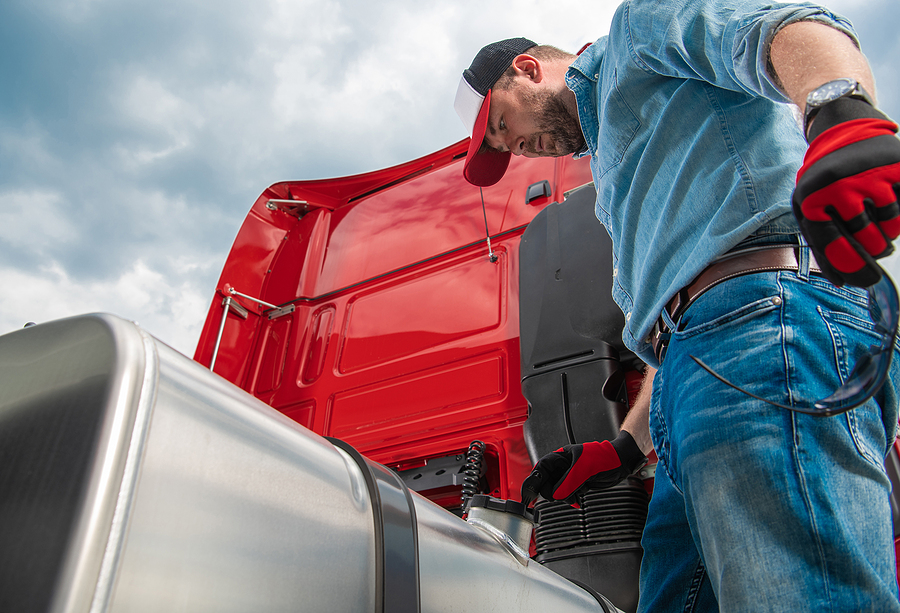Tips For Installing A Domestic Fuel Tank
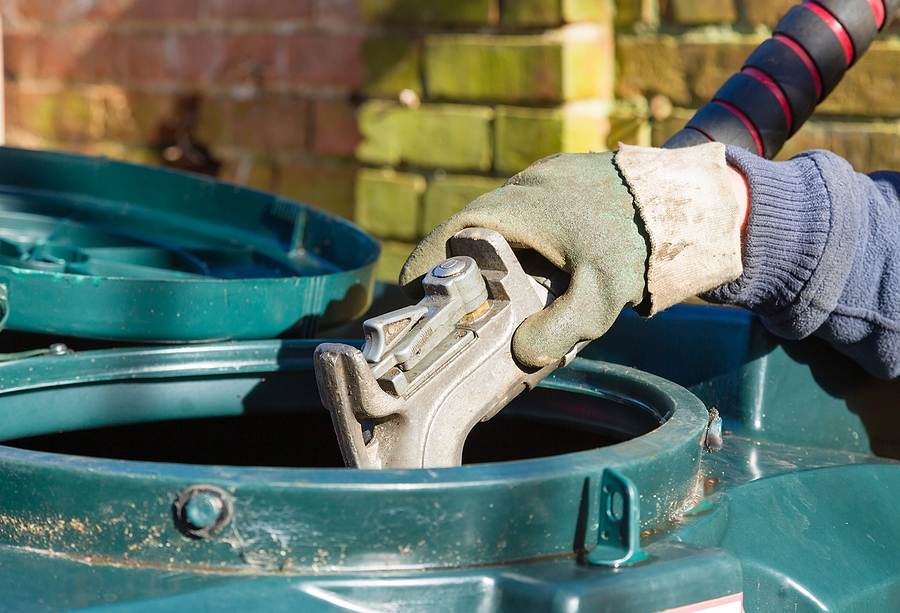
When choosing a new oil tank, there are some important practical considerations to take into account. This will make the access and maintenance of the tank easier, and will also ensure that you comply with existing legislation. It is also a good idea to consult with professional oil tank installers before making a final decision.
Different types of domestic oil tank
Oil tanks are typically made from either
fabricated steel or plastic, and can be single-skinned, double-skinned (with
two layers), or integrally bunded (fitted with a protective layer). Bunded
tanks which are designed to contain an overspill and give the best protection against
leaks, so they are recommended wherever possible.
Buying an oil tank
Tanks can be bought online, or through a
local retailer. It’s important to check that it is manufactured to
Oftec
standards.
The size of tank that you need will depend on the size of your
house, how much heating you use, and the efficiency of your boiler. Ensure that
the tank is fitted with a gauge, so you can check the level of oil.
Removing an old tank
Ideally, the old tank and connecting
pipework should be professionally decommissioned and removed completely, to
avoid the risk of pollution. If it can’t be removed, have the pipework capped
and clearly mark the tank to avoid any confusion when the site is being
refuelled.
Where to install an oil tank
Oil tanks must be installed on a stable, level non-combustible base that extends a minimum of 30 cm past the widest part of the tank in all directions, in order to be compliant with building regulations . This is to minimise fire risk. Also consider security; is the tank within sight of your home to deter potential fuel theft?
Make sure the positioning of the tank provides convenient access for refuelling, and that there is sufficient space all around the tank to allow for safety inspections.



